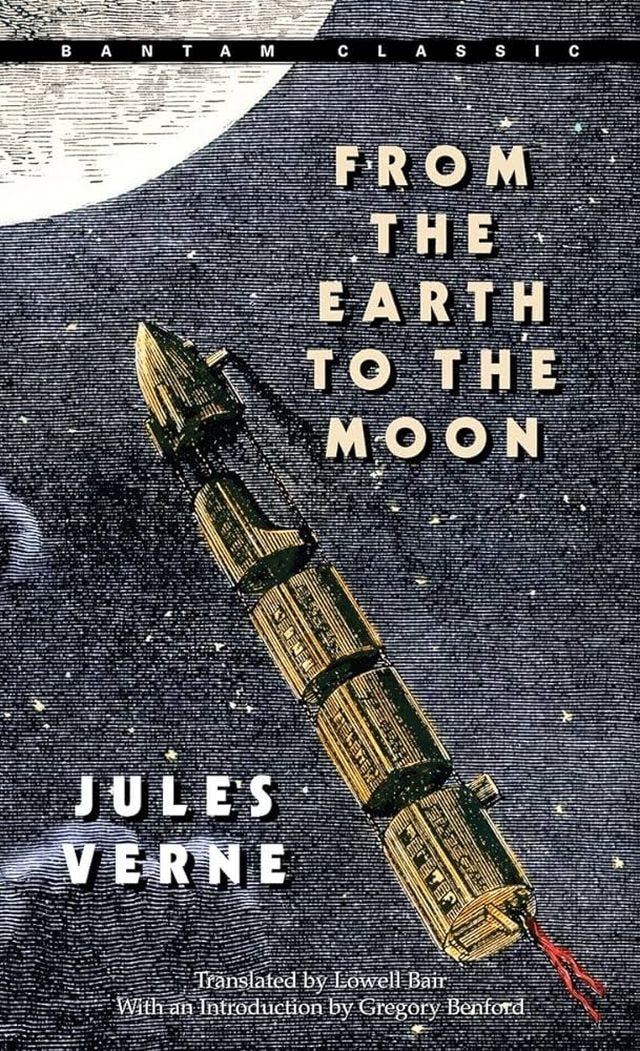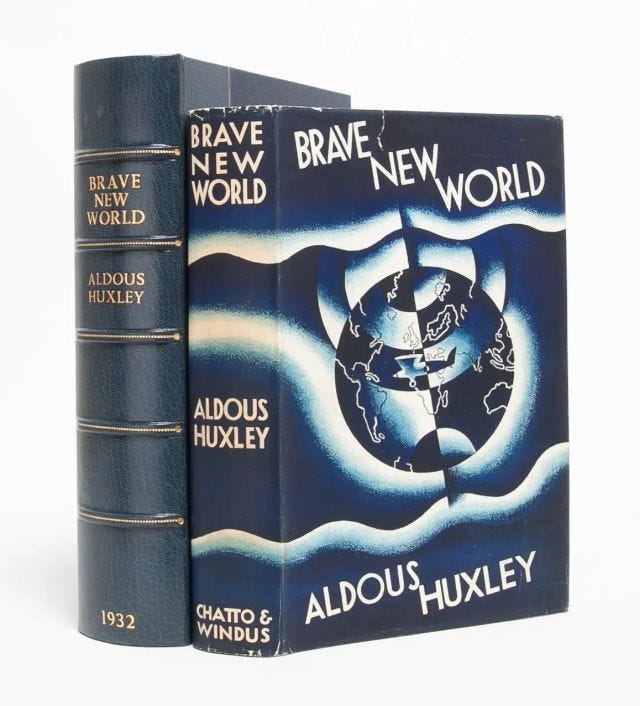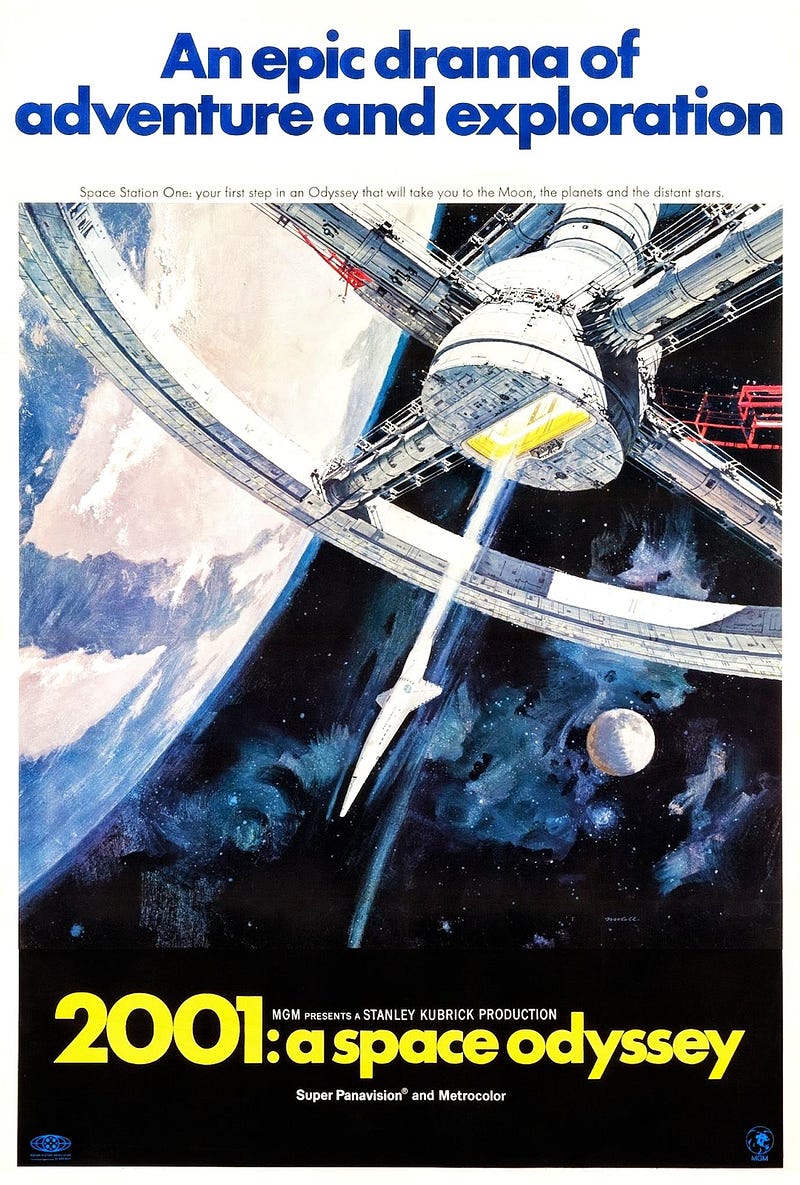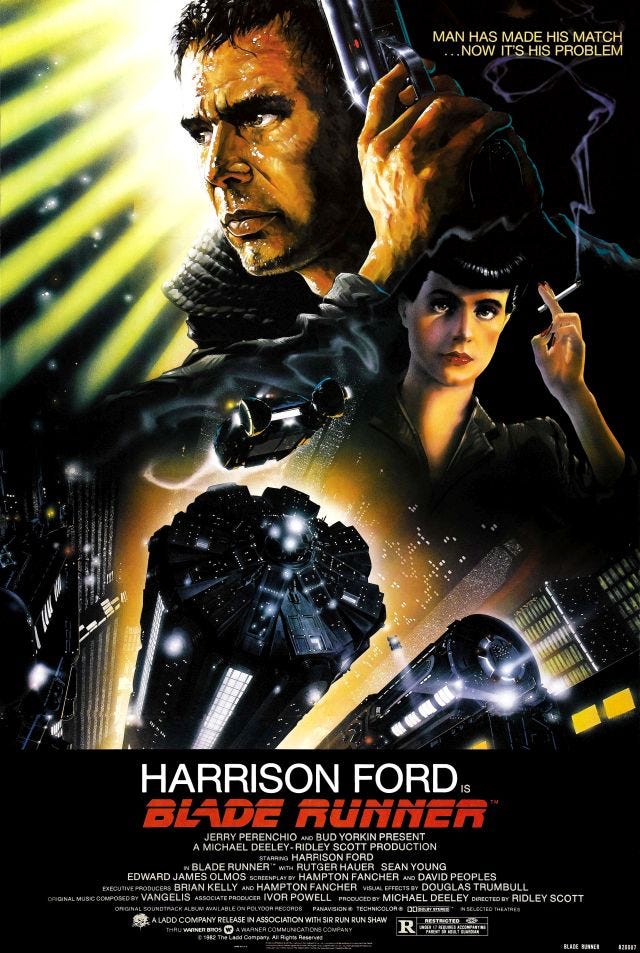How Old Books and Movies Predicted the Future: The Prophetic Visions of Technology
Throughout history, literature and cinema have often envisioned the future, sometimes with astonishing accuracy. From Jules Verne’s 19th-century novels to mid-20th-century science fiction films, these creative works have predicted technological advancements that have since become reality. Here are some notable examples of books and movies that foresaw future technologies, backed by statistics and real-world instances, and includes insights from well-known individuals who have commented on the visionary power of these works.
Literature’s Glimpse into the Future
Jules Verne: “From the Earth to the Moon” (1865) and “Twenty Thousand Leagues Under the Sea” (1870)
 Jules Verne, often referred to as the “father of science fiction,” remarkably predicted several technological advancements in his works. In “From the Earth to the Moon,” Verne envisioned space travel and even described a cannon that launches a spacecraft — akin to modern rocket launches. Although the technology was rudimentary, the concept laid the groundwork for future space exploration.
Jules Verne, often referred to as the “father of science fiction,” remarkably predicted several technological advancements in his works. In “From the Earth to the Moon,” Verne envisioned space travel and even described a cannon that launches a spacecraft — akin to modern rocket launches. Although the technology was rudimentary, the concept laid the groundwork for future space exploration. Similarly, “Twenty Thousand Leagues Under the Sea” featured the submarine Nautilus, which bore a striking resemblance to modern nuclear submarines. The book described the vessel’s capabilities with precision, including underwater navigation and long-term submersion, technologies that were realized in the 20th century.
Similarly, “Twenty Thousand Leagues Under the Sea” featured the submarine Nautilus, which bore a striking resemblance to modern nuclear submarines. The book described the vessel’s capabilities with precision, including underwater navigation and long-term submersion, technologies that were realized in the 20th century.
Aldous Huxley: “Brave New World” (1932)
 Aldous Huxley’s “Brave New World” depicted a dystopian future where genetic engineering, psychological manipulation, and advanced reproductive technologies dominate society. Many of Huxley’s predictions have parallels in today’s world, such as the use of genetic engineering in medicine and agriculture, and the increasing influence of technology on human behavior and social structures.
Aldous Huxley’s “Brave New World” depicted a dystopian future where genetic engineering, psychological manipulation, and advanced reproductive technologies dominate society. Many of Huxley’s predictions have parallels in today’s world, such as the use of genetic engineering in medicine and agriculture, and the increasing influence of technology on human behavior and social structures.
George Orwell: “1984” (1949)
 George Orwell’s “1984” is perhaps the most cited literary work when discussing predictive fiction. Orwell envisioned a society under constant surveillance, with the government using advanced technology to monitor and control its citizens. The concept of “Big Brother” has become a metaphor for modern surveillance states and the pervasive reach of technology in monitoring personal privacy.
George Orwell’s “1984” is perhaps the most cited literary work when discussing predictive fiction. Orwell envisioned a society under constant surveillance, with the government using advanced technology to monitor and control its citizens. The concept of “Big Brother” has become a metaphor for modern surveillance states and the pervasive reach of technology in monitoring personal privacy.
Cinema’s Visionary Predictions
“Metropolis” (1927)
 Fritz Lang’s silent film “Metropolis” depicted a futuristic city with advanced technologies, including robots and video communication. One of the most notable predictions was the portrayal of humanoid robots, which can be seen as a precursor to modern robotics and AI. The film’s influence is evident in the development of human-like robots and AI systems used today.
Fritz Lang’s silent film “Metropolis” depicted a futuristic city with advanced technologies, including robots and video communication. One of the most notable predictions was the portrayal of humanoid robots, which can be seen as a precursor to modern robotics and AI. The film’s influence is evident in the development of human-like robots and AI systems used today.
“2001: A Space Odyssey” (1968)
 Stanley Kubrick’s “2001: A Space Odyssey,” based on Arthur C. Clarke’s short story, accurately predicted several technological advancements. The film featured concepts such as space stations, AI (HAL 9000), and video calling — technologies that have since become integral to space exploration and communication. The AI system HAL 9000’s capabilities mirror today’s advancements in artificial intelligence, including voice recognition and autonomous decision-making.
Stanley Kubrick’s “2001: A Space Odyssey,” based on Arthur C. Clarke’s short story, accurately predicted several technological advancements. The film featured concepts such as space stations, AI (HAL 9000), and video calling — technologies that have since become integral to space exploration and communication. The AI system HAL 9000’s capabilities mirror today’s advancements in artificial intelligence, including voice recognition and autonomous decision-making.
“Blade Runner” (1982)
 Ridley Scott’s “Blade Runner,” adapted from Philip K. Dick’s novel “Do Androids Dream of Electric Sheep?” depicted a future with advanced robotics, genetic engineering, and AI. The film’s vision of lifelike androids and sophisticated AI resonates with today’s developments in robotics and artificial intelligence. Companies like Boston Dynamics and advancements in AI research reflect the film’s predictions.
Ridley Scott’s “Blade Runner,” adapted from Philip K. Dick’s novel “Do Androids Dream of Electric Sheep?” depicted a future with advanced robotics, genetic engineering, and AI. The film’s vision of lifelike androids and sophisticated AI resonates with today’s developments in robotics and artificial intelligence. Companies like Boston Dynamics and advancements in AI research reflect the film’s predictions.
Real-World Examples and Statistics
Space Exploration
Jules Verne’s prediction of space travel materialized with the Apollo 11 mission in 1969. Today, space agencies like NASA and private companies like SpaceX continue to push the boundaries of space exploration. SpaceX’s Starship aims to make space travel more accessible, reflecting Verne’s vision of space exploration as a reachable frontier.
Genetic Engineering
Aldous Huxley’s predictions in “Brave New World” are evident in today’s genetic engineering advancements. CRISPR technology, which allows for precise genetic modifications, has revolutionized medicine and agriculture. According to a 2020 report by Grand View Research, the global gene editing market size was valued at USD 3.7 billion and is expected to expand at a compound annual growth rate (CAGR) of 18.7% from 2021 to 2028.
Surveillance Technology
Orwell’s vision of a surveillance state is reflected in modern society’s use of technology for monitoring and data collection. According to a report by MarketsandMarkets, the global video surveillance market is expected to grow from USD 45.5 billion in 2020 to USD 74.6 billion by 2025, at a CAGR of 10.4%. The widespread use of CCTV, drones, and online data tracking exemplifies Orwell’s foresight.
Quotes from Well-Known Figures
Isaac Asimov
“The saddest aspect of life right now is that science gathers knowledge faster than society gathers wisdom.”
Asimov’s quote highlights the rapid pace of technological advancement and the need for society to adapt responsibly.
Elon Musk
“AI is a fundamental risk to the existence of human civilization.”
Elon Musk’s warning about the potential dangers of AI echoes themes from “2001: A Space Odyssey” and “Blade Runner,” where advanced AI presents both incredible potential and significant risks.
Stephen Hawking
“While primitive forms of artificial intelligence developed so far have proved very useful, I fear the consequences of creating something that can match or surpass humans.”
Hawking’s concern about AI aligns with the cautionary tales presented in many science fiction works about the balance between technological advancement and ethical considerations.
What can we learn?
The prophetic visions of technology presented in old books and movies have remarkably materialized in various forms today. From space travel and genetic engineering to AI and surveillance, these creative works have not only entertained but also provided a blueprint for future innovations. We need to reflect on these predictions and ensure that we harness technology responsibly to benefit society as a whole. By learning from the past, we can navigate the future with greater insight and preparedness.
References
- Grand View Research. (2020). Gene Editing Market Size, Share & Trends Analysis Report By Technology, By Application, By End Use, By Region, And Segment Forecasts, 2021–2028. Retrieved from https://www.grandviewresearch.com/industry-analysis/gene-editing-market
- MarketsandMarkets. (2020). Video Surveillance Market by System, Offering, Vertical And Geography — Global Forecast to 2025. Retrieved from https://www.marketsandmarkets.com/Market-Reports/video-surveillance-market-645.html
- SpaceX. (n.d.). Starship. Retrieved from https://www.spacex.com/vehicles/starship/
- Stadia. (n.d.). About Stadia. Retrieved from https://stadia.google.com/
- GeForce Now. (n.d.). About GeForce Now. Retrieved from https://www.nvidia.com/en-us/geforce-now/
- Xbox Cloud Gaming. (n.d.). About Xbox Cloud Gaming. Retrieved from https://www.xbox.com/en-US/xbox-game-pass/cloud-gaming
Literature and cinema have shaped and anticipated the technological landscape we navigate today.




































































